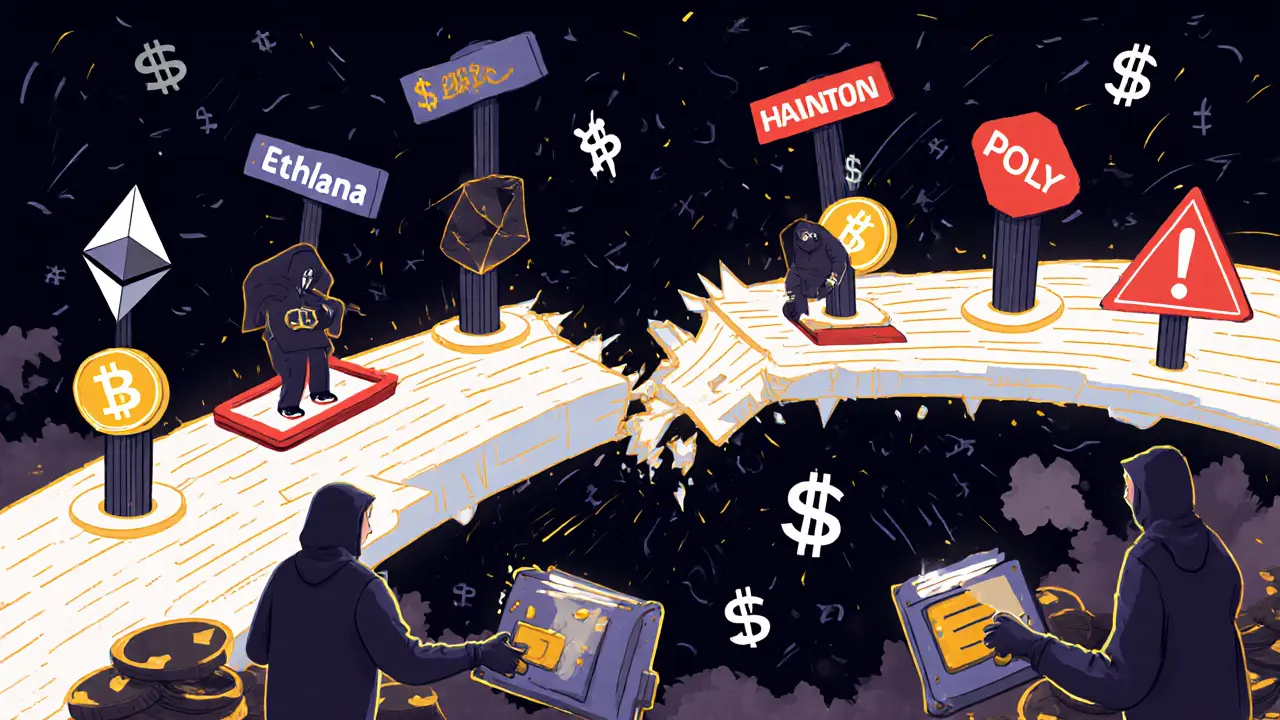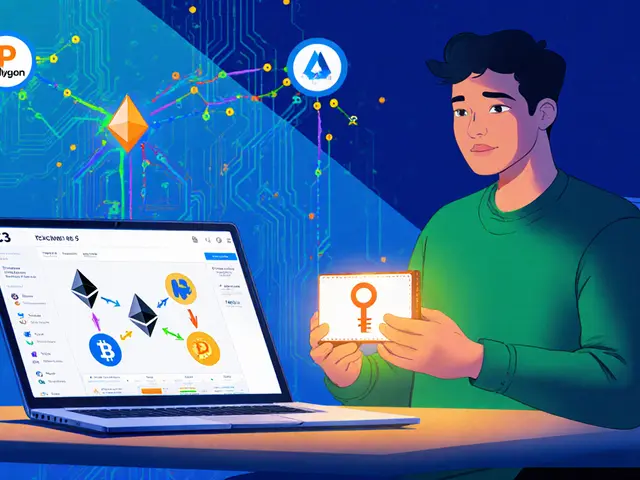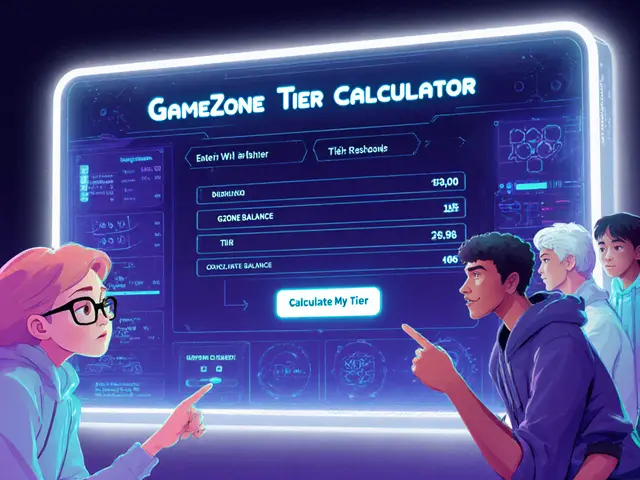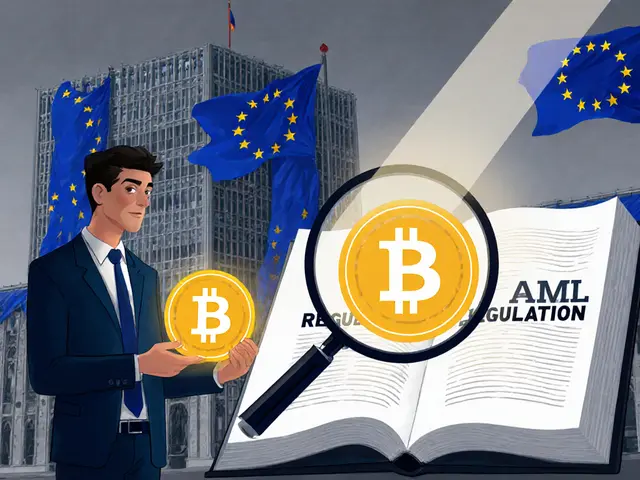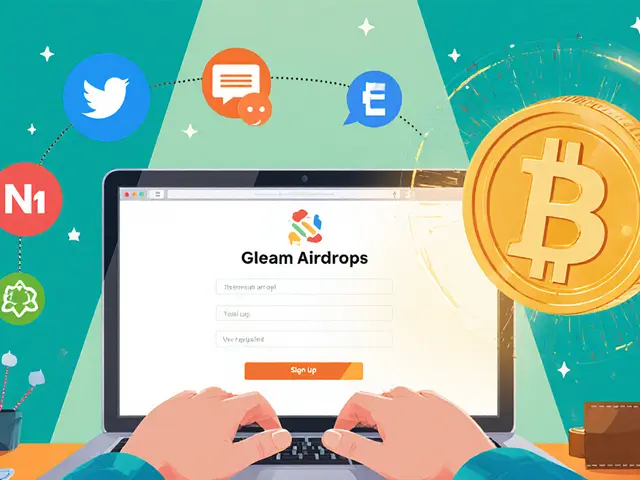Blockchain Interoperability: How Different Chains Talk to Each Other
When you think of blockchain, you might picture Bitcoin or Ethereum as isolated islands. But blockchain interoperability, the ability for separate blockchains to communicate and exchange value securely. Also known as cross-chain communication, it’s what’s finally breaking down the walls between networks. Without it, your ETH can’t move to Solana, your NFT from Polygon won’t work in a game on Avalanche, and your DeFi strategy gets stuck in one ecosystem. That’s not just inconvenient—it’s holding crypto back.
Think of it like email. Before email, you needed different systems for different networks. Now, you send a message from Gmail to Outlook without a second thought. LayerZero, a cross-chain messaging protocol powering tokens and NFTs across 100+ blockchains is one of the main tools making this possible. It doesn’t rely on wrapped tokens or centralized bridges—it lets chains talk directly. That’s why projects like interoperable gaming NFTs, digital assets that work across multiple games regardless of the underlying blockchain are starting to take off. You can buy a sword in one game, then use it in another—even if they run on totally different chains.
But it’s not all smooth sailing. Bridges get hacked. Tokens get stuck. Some chains still refuse to play nice. That’s why you’ll find real examples here—like how OmniCat tries (and fails) to claim omnichain status, or how NFTs in games still face resistance from developers who want to lock you in. You’ll also see how regulation and security gaps are slowing adoption. This isn’t science fiction. It’s happening now, and it’s changing how you hold, trade, and use crypto.
Below, you’ll find real cases of what works, what doesn’t, and why blockchain interoperability isn’t just a tech buzzword—it’s the next big shift in how digital ownership works. Whether you’re holding NFTs, using DeFi, or just trying to move your crypto without paying insane fees, this collection gives you the facts—not the hype.

